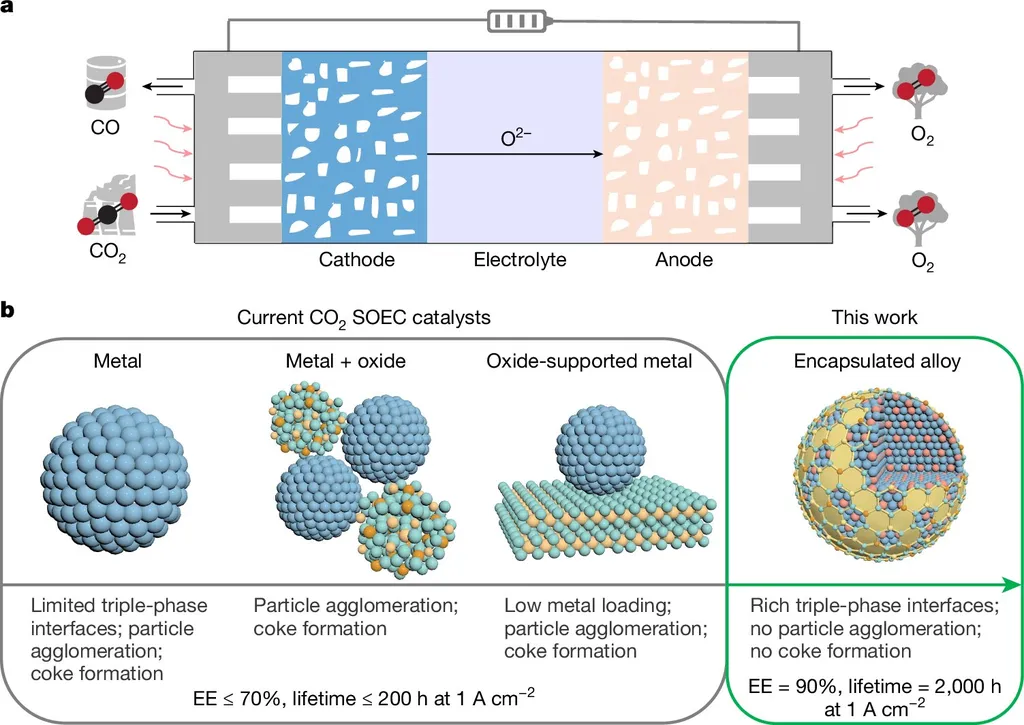In the relentless pursuit of enhancing the performance of high-temperature alloys, a team of researchers led by Dr. Wang Changshuai from the State Key Laboratory of Clean and Efficient Turbomachinery Power Equipment has made significant strides. Their work, published in the journal *Teshugang* (which translates to “Materials Science and Technology”), focuses on the influence of phosphorus microalloying on the solidification, hot deformation, and mechanical properties of nickel/nickel iron-based alloys. These alloys are critical components in aircraft engines, gas turbines, and advanced ultra-supercritical power plants, where their oxidation resistance, corrosion resistance, and high-temperature mechanical properties are paramount.
The research team, which includes experts from Dongfang Turbine Co., Ltd., and the Shi-changxu Innovation Center for Advanced Materials, discovered that phosphorus, despite its low solubility and activity in these alloys, plays a pivotal role in enhancing their high-temperature creep strength and increasing creep fracture life. “Phosphorus tends to accumulate at the solid/liquid interface during solidification, promoting element segregation,” explained Dr. Wang. “This segregation behavior during heat treatment and aging processes optimizes the morphology of grain boundary precipitates and enhances grain boundary strength.”
The study revealed that phosphorus influences the hot deformation behavior of these alloys through a dual mechanism: solute drag by phosphorus atoms and the promotion of recrystallization nucleation by MC carbides. “The appropriate amount of phosphorus can significantly improve the creep rupture strength of the alloys,” noted Dr. Wu Yunsheng, a co-author of the study. “However, this beneficial effect is constrained by the alloy system and the magnitude of creep stress.”
The implications of this research are profound for the energy sector. By understanding and controlling the distribution and behavior of phosphorus in nickel/nickel iron-based alloys, manufacturers can develop more robust and efficient components for high-temperature applications. This could lead to longer-lasting and more reliable turbines and engines, ultimately reducing maintenance costs and improving the overall efficiency of power generation systems.
Dr. Zhao Yong, another key contributor to the study, highlighted the broader impact: “Our findings establish the influence mechanism of phosphorus throughout the entire process of casting, forging, and component performance. This knowledge is crucial for advancing the design and manufacturing of high-performance alloys for the energy sector.”
As the energy industry continues to demand materials that can withstand extreme conditions, this research provides a valuable roadmap for future developments. By leveraging the unique properties of phosphorus, engineers and scientists can push the boundaries of material science, creating alloys that are not only stronger and more durable but also more efficient and cost-effective. The journey towards cleaner and more efficient energy solutions is fraught with challenges, but with breakthroughs like this, the path forward becomes clearer and more promising.

